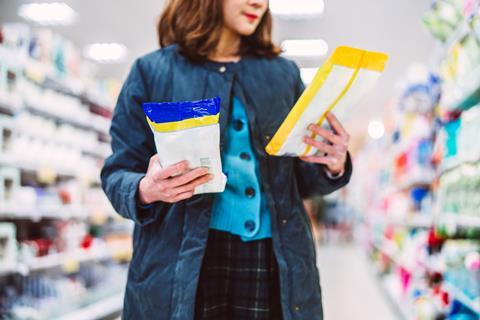
It’s a classic question on Dragons’ Den. When faced with an innovative new proposition, it’s all too easy for a Dragon to ask: why don’t the big guys do it?
It gives them an easy out, and makes it look like they understand the complexities of the business world in a way this ‘wet behind the ears’ entrepreneur never could. Surely the huge advantages of incumbents – R&D, distribution, marketing budget, expertise – would make it impossible for a startup to compete? How could David possibly take on Goliath?
But the numbers would suggest otherwise. We’re seeing a rising tide of ‘change brands’ disrupting the status quo in almost every sector. These brands are setting out to solve some of the biggest problems facing society with their business models, from plastic pollution to deforestation and modern slavery.
This is giving them an all-important advantage with consumers. Hundreds of millions in sales are moving from big fmcg to brands like Tony’s Chocolonely, Cano Water, Who Gives a Crap, Smol, and Wild – and the movement is gathering pace.
To get a handle on this, it’s vital to understand the perspective from inside ‘big fmcg’. As part of the research for my upcoming book Obsolete: How Change Brands are Changing the World, I wanted the unvarnished, internal view.
To do this I spoke to ‘Agent Change’, my secret agent within one of the big 11 CPG companies, working in a senior sustainability role. Their answers shed some light on the situation, and identified three major barriers.
Size matters
In this world, it turns out size really does matter. It’s much easier to launch a new flavour or variant under an existing brand to unlock some incremental revenue than it is to properly shake things up.
In the words of Agent Change: “The overriding school of thought is that if it isn’t making tens of millions in year one, we shouldn’t do it. Big fmcg expectations simply aren’t compatible with the reality of how sustainable innovations launch.”
This creates a window of opportunity for change brands to exploit. By taking a new proposition to market, such as waterless cleaning, sustainable loo roll or refillable deodorant, brands like Homethings, Ocean Saver, Serious Tissues, Wild and Fussy have carved out decent chunks of market share that will be hard for the incumbents to recover without making big changes.
Complications of scale
That means scale increasingly presents a challenge, as well as an advantage. As Agent Change puts it: “You can’t underestimate the difficulty of acting at scale. Big companies who have a plan and an engaged CEO are taking it seriously. And they’re investing billions into it.
”The problem is that the solutions must be implemented at vast scale to make a difference. Introducing a new way of delivering your product, you can do that. The problem is, how do you scale that up to a billion consumer interactions every day? Across many, many, many markets?”
This also presents an opportunity for change brands. “Smaller brands have the ability, because they’ve grown from scratch, to start slow and start small with a new way of doing things,” Agent Change says.
These brands can be nimbler and work with smaller manufacturers who also see the opportunity to grow. By offering sought-after benefits, they can pick up customers. Done right, it can be very hard for the big players to follow without taking a hit to their bottom line.
Read more:
-
The three routes to growth for fmcg brands
-
How wellness culture is shifting fmcg buying habits
-
Fmcg CEOs can’t afford to fall behind consumer trends
Between a rock and a hard place
The brands that represent the status quo now find themselves caught between a rock and a hard place.
For example, the average piece of chewing gum contains as much plastic as a plastic straw, but it’s not widely known yet. If Wrigley’s suddenly launched a plant-based SKU, it would be drawing attention to the plastic in its core product.
Similarly, if Andrex launched bamboo or recycled tissue, it would be admitting the virgin pulp that makes up its core offer is no longer the most sustainable option (as recently verified by Which?). Change in consumer buying habits puts these brands in a tricky position, and opens the door for change brands to walk through.
These brands can create a supply chain that the big players can’t compete with and tap into consumer demand for products making a positive impact. By the time the big players decide to enter the fray, they’ve stolen a march and built up a loyal customer base.
The above pressures come on top of other threats for big companies. The rise of Ozempic will change the food industry in a big way. As many as 13% of Americans have already tried it, and forecasts suggest 30% is not an unrealistic level. Changing legislation around HFSS and green claims, against the backdrop of a climate crisis, create new pressures. And plastic, heralded as a miracle product in the seventies, is now hugely problematic.
But I believe this disruption can also be a big opportunity to enter new markets, win new audiences, outflank a competitor or simply improve brand perception – all while making a difference to the world.
P&G has tried this recently with the US launch of EC30, a waterless cleaning brand. Most cleaning products are 90% water shipped in a plastic bottle. By removing the water, there are huge reductions in single-use plastic and carbon emissions, while unlocking benefits in terms of cost for the end user.
P&G has launched EC30 in the clothes of a DTC change brand, with no mention of the corporate backer. This looks like an effort to disrupt its own business from within, and I, for one, will be watching this develop with interest, as it could mark a new strategy for big fmcg.
We should approach this decade of disruption by looking for opportunity, rather than managing threats. As Sun Tzu famously said: “In the midst of chaos, there is opportunity.”

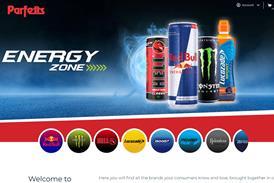
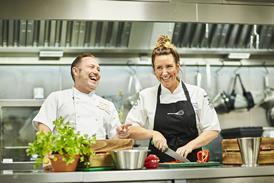




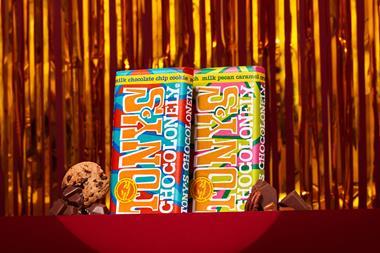

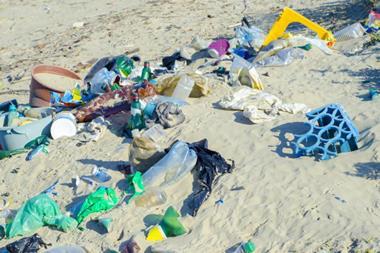

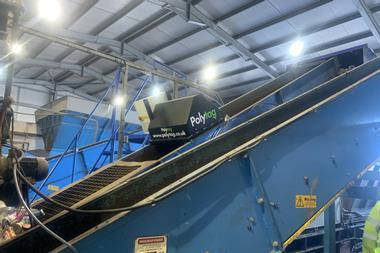






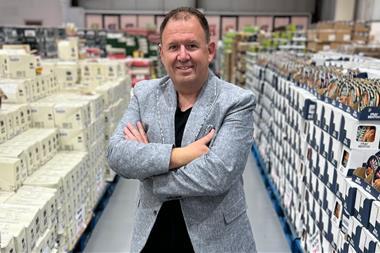
No comments yet